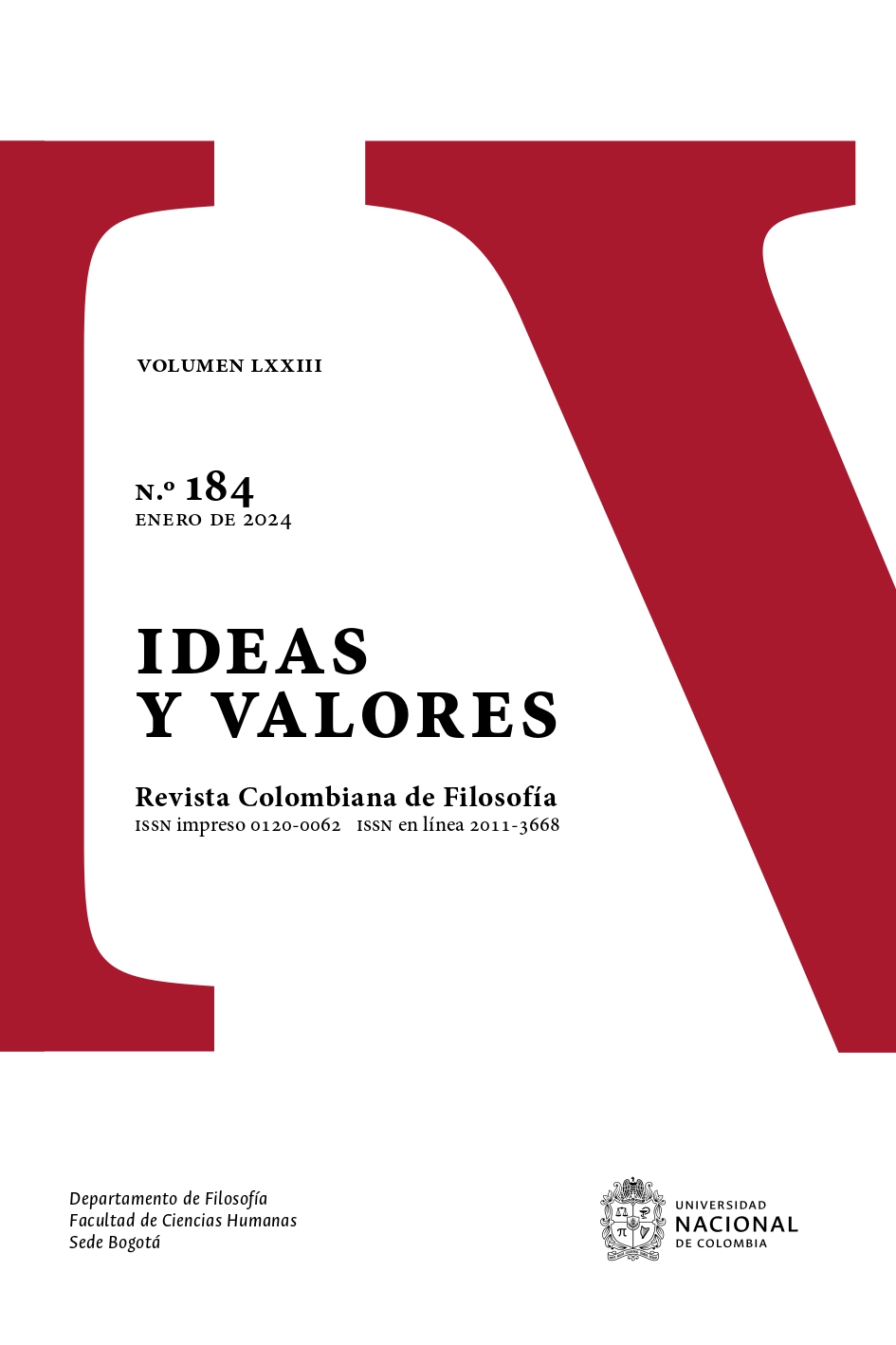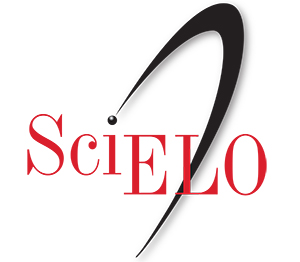El parlamento de las imágenes. Agencia e intencionalidad en la Bildwissenschaft y los Visual Studies
The Parliament of Images. Agency and Intentionality in Bildwissenschaft and Visual Studies
DOI:
https://doi.org/10.15446/ideasyvalores.v73n184.97671Keywords:
agencia, animismo, imagen, vida (es)agency, animism, image, life (en)
Downloads
En los últimos tiempos muchos teóricos e historiadores del arte comenzaron a entender las imágenes como entes dotados de agencia e intencionalidad. Algunos críticos acusaron dichas posturas de ser nuevas formas de animismo. En este artículo analizo posibles argumentos para comprender la agencia de lo visual sin caer en misticismos. La tesis es la siguiente: la agencia de la imagen no es una especie de poder mágico, sino la actualización de una potencia de lo visual por parte del espectador. En otras palabras, es la mirada de quien contempla la que “da vida” a la imagen.
In recent times many art theorists and historians began to understand images as entities endowed with agency and intentionality. Some will accuse these positions of being new forms of animism. My aim in this paper is to analyze possible arguments to understand the agency of the visual without falling into mysticism. The thesis will be the following: the agency of the image is not a kind of magical power, but the actualisation of a potency of the visual by the spectator. In other words, it is the gaze of the beholder that “gives life” to the image.
References
Austin, John L. Cómo hacer cosas con palabras: palabras y acciones. Buenos Aires: Paidós, 2016.
Belting, Hans. Antropología de la imagen. Buenos Aires: Katz Editores, 2007. Belting, Hans. “Imagen, medium, cuerpo: Un nuevo acercamiento a la iconología”. Cuadernos de Información y Comunicación 20 (2015): 153-170.[http://dx.doi.org/10.5209/rev_CIYC.2015.v20.49382]
Belting, Hans. Imagen y culto: una historia de la imagen anterior a la edad del arte. Madrid: Akal, 2012.
Bredekamp, Horst. “Actes d’images comme témoignage et comme jugement”. Trivium. Revue franco-allemande de sciences humaines et sociales. Trad. Denise Modigliani. 1 (2008): 1-54.
Bredekamp, Horst. Teoría del acto icónico. Madrid: Akal, 2017.
Curtis, Neal. “‘As if’: Situating the Pictorial Turn.” Culture, Theory and Critique 50.2-3 (2009): 95-101. [https://doi.org/10.1080/14735780903240067].
Hornuff, Daniel. Bildwissenschaft im Widerstreit: Belting, Boehm, Bredekamp, Burda. Padernborn: W. Fink, 2012.
Kjørup, Søren. “George Inness and The Battle at Hastings, or Doing Things with Pictures”. The Monist 58.2 (1974): 216-235. [https://doi.org/10.5840/monist197458217]
Kjørup, Søren. “Pictorial Speech Acts”. Erkenntnis 12.1 (1978): 55-71. [https://doi.org/10.1007/BF00209915]
Latour, Bruno. Nunca fuimos modernos: ensayos de antropología simétrica. Buenos Aires: Siglo Veintiuno, 2012.
Latour, Bruno. “Where Are the Missing Masses? The Sociology of a Few Mundane Artifacts”. Shaping Technology/Building Society : Studies in Sociotechnical Change. Eds. Wiebe E. Bijker and John Law. Cambridge, ma: mit Press, 1992. 225-228.
Latour, Bruno. Reensamblar lo social: una introducción a la teoría del actor-red. Buenos Aires: Manantial, 2008.
Mitchell, W. J. T. “Four Fundamental Concepts of Image Science”. Visual Literacy. Ed. James Elkins. London: Routledge Taylor and Francis, 2008. 14-29.
Mitchell, William John Thomas. ¿Qué quieren las imágenes? Una crítica de la cultura visual. Vitoria-Gasteiz: Sans Soleil, 2017.
Rampley, Matthew. “Art History and Cultural Difference: Alfred Gell’s Anthropology of Art”. Art History 28.4 (2005): 524-551. [https://doi.org/10.1111/j.1467-8365.2005.00475.x]
Rancière, Jacques. “¿Quieren realmente vivir las imágenes?”. Cuadernos de Teoría y Crítica 2 (2016): 75-88.
Wiesing, Lambert. Sehen lassen. Die Praxis des Zeigens. Berlín: Suhrkamp, 2020.
How to Cite
MODERN-LANGUAGE-ASSOCIATION
ACM
ACS
APA
ABNT
Chicago
Harvard
IEEE
Turabian
Vancouver
Download Citation
License
Copyright (c) 2024 Los derechos son del autor(es), quien(es) puede re-publicar en parte o en su totalidad el documento ya publicado en la revista siempre y cuando se dé el debido reconocimiento a Ideas y Valores

This work is licensed under a Creative Commons Attribution-NonCommercial-NoDerivatives 4.0 International License.
The Creative Commons Attribution-NonComnercial-No Derivatives 4.0 Internacional License authorizes copying and redistributing the material in any means or format, provided that credit is granted to the authors and to Ideas y Valores as the source of the original publication. Copying or distributing the contents of the journal for commercial purposes is not allowed; neither is the adaptation, derivation, or transformation of the contents, without previous authorization by the authors and the editors of Ideas y Valores. For further information regarding the terms of this license, please consult http://creativecommons.org/licenses/by-nc-nd/4.0/legalcode.







1.jpg)
.png)


1.png)
.png)
.png)
.jpg)

.png)









